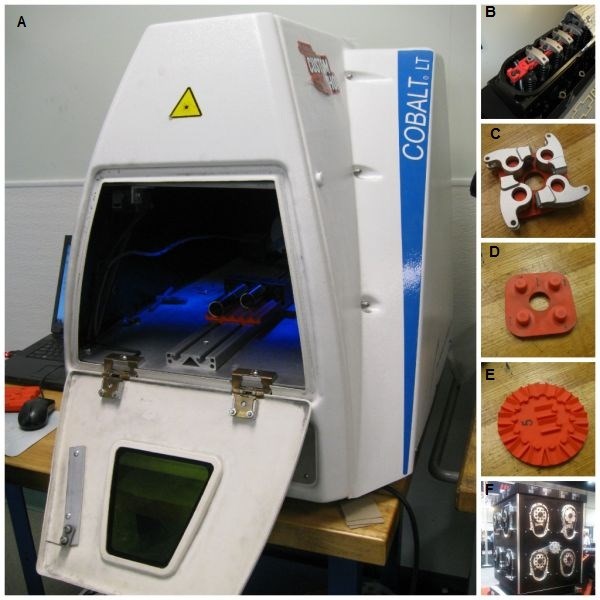3D Printing’s Expanding Role
By providing solid prototypes of proposed part designs, one company has saved enough money in avoided rework to pay for its new 3D printer several times over.

Jesel’s Ray Frattone reflects on the company’s use of 3D printing.
If communication between people was perfect, then Jesel Inc. would rarely need prototyping, says company manufacturing manager Ray Frattone. The company, which makes valvetrain components for racecar engines, bought a Dimension 3D printer from Stratasys to print models of proposed part designs. Sharing these models with customers is a way of asking, in effect, “Is this what you had in mind?”
Being able to provide a solid prototype in this way, which allows the customer to study the part design and test-fit it in assembly, has saved Jesel enough money in avoided rework to pay for the 3D printer several times over.
Meanwhile, having the 3D printer in-house has been liberating. The company continues to find uses for it. After prototyping, another valuable application has involved making holding fixtures for the shop’s laser marking machine. Setup time is now quick on this machine, thanks to fixtures that are tailored to particular parts.
The printer has even played a role in marketing. At a tradeshow important to Jesel (the recent Performance Racing Industry show), parts in Jesel’s booth were mounted for optimum display using custom holding panels that had been created through 3D printing.

Photo A: Parts don’t have to be rigidly secured in this laser marking machine, but they do have to be held stationary so that the part surface to be marked is presented to the laser. 3D printing provided an economical way to create part-specific fixtures for this machine, speeding setup.
Photo B: The red component in this assembly is a 3D printed prototype of a CNC-machined metal part, the cylinder head stand. Test-fitting plastic prototypes in assembly is a way of validating the design.
Photos C & D: Here is a laser marking fixture with and without the pieces to be marked.
Photo E: Here is a more complex laser marking fixture holding a larger number of pieces.
Photo F: The panels on this trade show display were produced through 3D printing.
Related Content
-
Copper, New Metal Printing Processes, Upgrades Based on Software and More from Formnext 2023: AM Radio #46
Formnext 2023 showed that additive manufacturing may be maturing, but it is certainly not stagnant. In this episode, we dive into observations around technology enhancements, new processes and materials, robots, sustainability and more trends from the show.
-
Looking to Secure the Supply Chain for Castings? Don't Overlook 3D Printed Sand Cores and Molds
Concerns about casting lead times and costs have many OEMs looking to 3D print parts directly in metal. But don’t overlook the advantages of 3D printed sand cores and molds applied for conventional metal casting, says Humtown leader.
-
Ice 3D Printing of Sacrificial Structures as Small as Blood Vessels
Using water for sacrificial tooling, Carnegie Mellon researchers have created a microscale method for 3D printing intricate structures small enough to create vasculature in artificial tissue. The biomedical research potentially has implications for other microscale and microfluidics applications.















